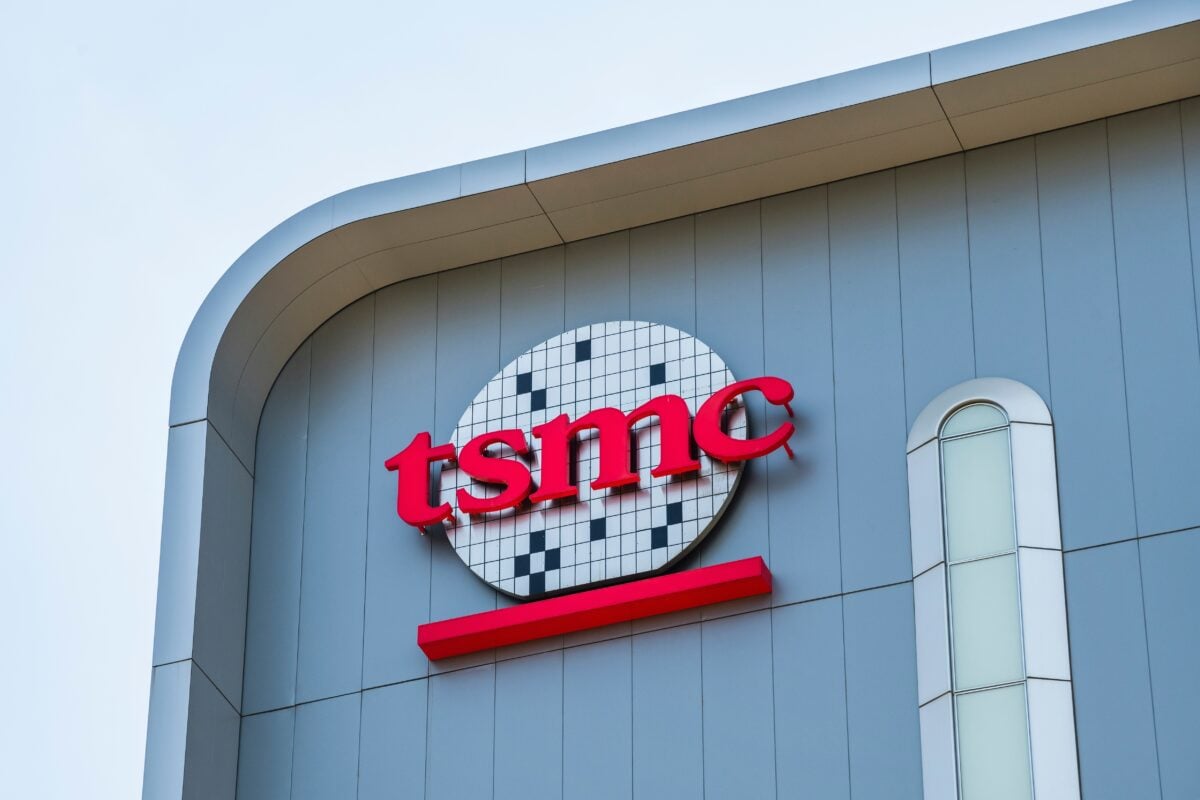TLDRs;
Contents
- TSMC begins building a reclaimed water plant in Arizona, targeting a 90% recycling rate by 2028.
- The facility will convert industrial wastewater into ultrapure water, critical for advanced chip production.
- Semiconductor industry faces rising water intensity despite recycling gains, with demand outpacing conservation.
- Government subsidies and policy support drive TSMC’s global expansion, including investments in Arizona.
Taiwan Semiconductor Manufacturing Co. (TSMC), the world’s largest contract chipmaker, has begun construction on a reclaimed water plant at its Arizona facility, marking a major step toward sustainable semiconductor production in one of the most water-stressed regions of the United States.
The 15-acre facility, slated to begin operations in 2028, will initially recycle 85% of its water with a long-term goal of reaching a 90% or higher reclamation rate. The plant is designed to convert industrial wastewater into ultrapure water, an essential component for advanced chip production, including the company’s 4-nanometer technology manufactured at its Arizona fab.
TSMC emphasized that the plant’s design takes into account Arizona’s unique water composition, which contains higher levels of calcium and magnesium compared to Taiwan.
Rising demand, rising water concerns
Semiconductor manufacturing is among the most water-intensive industries, requiring up to 10 million gallons of ultrapure water daily, enough to supply 33,000 households.
Producing 1,000 gallons of ultrapure water often requires between 1,400 and 1,600 gallons of municipal water, underscoring the industry’s water intensity problem.
Despite aggressive recycling targets, efficiency gains often fail to keep pace with rising chip demand. In 2023, TSMC more than doubled its target by achieving 12% water replacement through recycling, but at the same time, its overall water consumption per chip rose by more than 25%.
This reality highlights a paradox: while new technologies can improve recycling rates, the accelerating demand for advanced chips continues to outpace sustainability improvements.
Industry expansion in water-stressed regions
TSMC’s Arizona expansion is also part of a broader trend of semiconductor companies setting up in regions facing long-term water challenges. By 2040, an estimated 40% of global semiconductor facilities will be located in areas of high or extreme water stress.
Arizona’s history of 100-year water supply planning was a key factor in TSMC’s decision, despite the state’s ongoing water disputes and drought risks. Industry analysts warn that this reliance on government policy, rather than shifting production to water-abundant regions, could create vulnerabilities in the global chip supply chain if local water resources become strained.
The strategy suggests that chipmakers view advanced recycling and efficiency technologies as sufficient safeguards, rather than diversifying geographic production based on water availability.
Backed by global subsidies
TSMC’s sustainability projects are unfolding alongside significant global expansion supported by billions in government subsidies. In the first half of 2025 alone, the company received $2.2 billion in subsidies from the United States, Germany, Japan, and China. Over the past 18 months, total government support has reached nearly $4.7 billion.
These subsidies have been funneled into new fabs and infrastructure projects across Arizona, Dresden, Kumamoto, and Nanjing. The Arizona site, in particular, has benefited from subsidies covering up to 25% of certain investments, underscoring how governments increasingly view semiconductor manufacturing as a matter of economic security and technological sovereignty.
Looking ahead
While TSMC’s reclaimed water plant represents a milestone in sustainable chip manufacturing, experts note that water conservation alone cannot resolve the industry’s broader resource dilemma.
As semiconductor demand accelerates, balancing technological progress with environmental stewardship will remain one of the sector’s most pressing challenges.
For Arizona, TSMC’s commitment could provide a model for water efficiency in heavy industry. Yet the success of such projects may ultimately depend on whether technology can keep pace with the sheer scale of global semiconductor growth.


